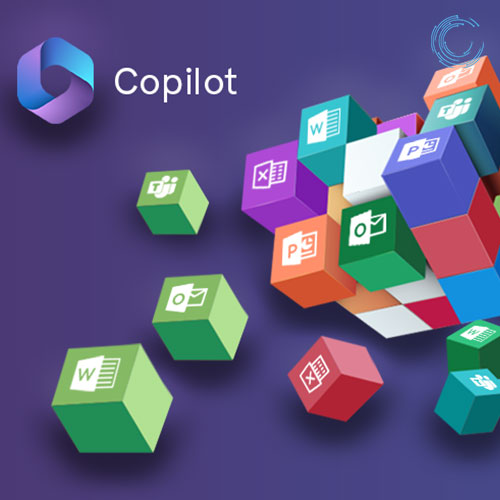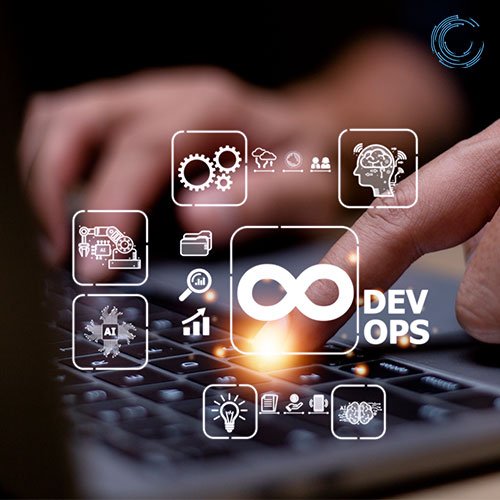Revolutionizing IT Services: Unleashing the Power of AI with TeamITServe
In the fast-evolving landscape of IT services, staying ahead of the curve is imperative. TeamITServe emerges as a trailblazer in this domain, seamlessly integrating Artificial Intelligence (AI) into a spectrum of services that redefine efficiency, reliability, and innovation. Let us delve into how TeamITServe is spearheading a new era of IT excellence with its AI-powered solutions. 1. Automated Infrastructure Provisioning and Management: TeamITServe leverages the prowess of AI to automate the provisioning and management of infrastructure resources. By employing AI algorithms to orchestrate servers, storage, and networking components, the team significantly reduces the time and effort traditionally required. This not only streamlines operations but also empowers developers to concentrate on their core tasks of building and deploying applications. 2. Predictive Maintenance and Anomaly Detection: The proactive approach to system maintenance is a game-changer introduced by TeamITServe. AI algorithms continuously monitor system performance, predicting potential failures before they occur. This predictive maintenance strategy minimizes downtime, optimizes resource utilization, and enhances overall system reliability, ensuring businesses run smoothly without unexpected interruptions. 3. Intelligent Deployment and Release Automation: In the dynamic realm of software deployment, AI plays a pivotal role in optimizing processes. TeamITServe utilizes AI to ensure seamless and efficient deployment of new software versions. By identifying potential risks and predicting deployment outcomes, AI automates rollback procedures if necessary. This intelligent deployment approach enhances operational efficiency and minimizes risks associated with software releases. 4. Continuous Optimization and Performance Tuning: TeamITServe employs AI to provide continuous monitoring and analysis of application performance data. AI algorithms identify bottlenecks and optimization opportunities, offering tuning recommendations and automating performance-enhancing actions. This ensures that applications are not only responsive but also scalable, adapting to the ever-changing demands of the digital landscape. 5. Self-Healing and Fault Tolerance: To bolster system resilience, TeamITServe integrates AI-powered self-healing mechanisms. These mechanisms detect and automatically resolve issues during application operation, reducing the need for manual intervention in troubleshooting and recovery. The result is a more robust and fault-tolerant IT infrastructure. 6. Secure DevOps and Threat Detection: In the era of cyber threats, TeamITServe fortifies its services with AI-powered cybersecurity practices. AI analyses network traffic, identifies suspicious patterns, and triggers security actions in real-time. This ensures that systems and data remain secure, providing clients with peace of mind in an increasingly interconnected digital environment. 7. AI-Powered Testing and Quality Assurance: Testing and quality assurance receive a significant boost with AI integration. TeamITServe automates testing processes, generates test cases, and identifies potential defects using AI algorithms. The automated testing not only saves time but also enhances the effectiveness of quality assurance strategies. 8. AI-Driven Developer Productivity and Insights: For developers, AI becomes an invaluable ally in ensuring code quality and performance. TeamITServe employs AI to provide real-time insights into code quality, performance metrics, and potential issues. This empowers developers to address issues early in the development process, leading to higher code quality and increased development efficiency. 9. AI-Powered Chatbots and Customer Support: Enhancing customer support, TeamITServe incorporates AI-powered chatbots. These intelligent bots handle routine inquiries, troubleshoot common issues, and escalate complex problems to human agents. The result is a streamlined customer support process, providing quick and effective assistance to clients. In conclusion, TeamITServe’s AI-powered services represent a paradigm shift in the IT services landscape. By harnessing the capabilities of Artificial Intelligence, the company not only addresses current challenges but also anticipates future needs, positioning itself as a leader in providing innovative, efficient, and secure IT solutions. Embrace the future of IT with TeamITServe – where technology meets excellence
Revolutionizing IT Services: Unleashing the Power of AI with TeamITServe Read More »










